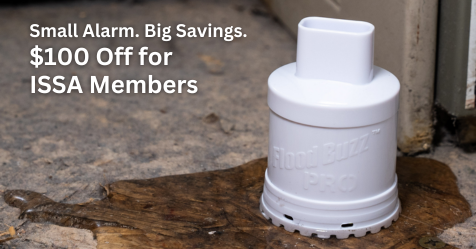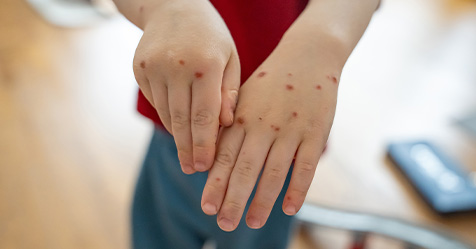Disinfectant Wipes Found to Reduce Viral Load and Cross Contamination
Disinfectant wipes can significantly and rapidly reduce coronavirus contamination and cross-contamination risk
A new study found that disinfectant wipes were significantly and rapidly able to reduce coronavirus viruses.
The study aimed to compare the contributions of physical removal and chemical inactivation to overall disinfection efficacy. Glass and vinyl coupons were contaminated with coronavirus variants at an initial titer of 5–6 log tissue culture infective dose(TCID)50/surface with 5% soil load.
After air drying, coupons were wiped using one of the following treatments: pre-wetted blank polypropylene wipe, hydrogen peroxide (H₂O₂)-based disinfectant wipe, or quaternary ammonium compound (QAC)-based disinfectant wipe.
Wiping was performed manually by hand or mechanically using a Gardco Gardner-scrub. The wiping process followed the U.S. Environmental Protection Agency protocol. After a one-minute exposure, residual disinfectant on both coupons and wipes was neutralized separately. Viruses were recovered by sonication for 30 seconds and quantified.
Using a blank wipe, more virus was transferred to the wipe from glass (23%–59%) than vinyl (21%–30%), while less virus remained on glass (2%–5%) than vinyl (16%–24%). No significant difference in virus concentration was observed between hand wiping and machine wiping, either on the surfaces or in the used wipes. Both disinfectant wipes reduced the number of viral particles from surfaces, with virus remaining on used wipes below the limit of detection.
The survey said these results suggest that disinfectant wipes can significantly and rapidly reduce coronavirus contamination and cross-contamination risk.
Study Reports Mixed Results on Germicidal UV Light Effectiveness
Germicidal ultraviolet (GUV) air sterilization appliances, also known as UV germicidal irradiation (UVGI) appliances, use UV light to kill airborne viral, bacterial, and fungal organisms as they pass through a disinfection zone.
The COVID-19 pandemic brought a renewed focus on infection control and prevention practices, including the need for effective strategies to reduce airborne pathogen transmission. GUV appliances can be used with minimal disruption and represent a potential adjunct to existing infection control measures. However, despite growing interest in this technology, a study by the Journal of the American Medical Association (JAMA) highlighted limited success.
JAMA conducted a clinical trial in Australia, where it reported the use of GUV appliances in communal areas resulted in a nonsignificant decrease in acute respiratory infection (ARI) rates. However, time-series modeling showed a statistically significant 12.2% reduction in weekly ARIs. This difference in findings likely reflects the random timing of infections, variations in infection rates, and external environmental factors.
The study further estimated the causal effect of the intervention to be an approximately 9% reduction in infections. When applied to the ARI rate in the control arm, such a reduction equates to 92 fewer ARIs per 1,000 residents annually.
While falling short of the 20% benchmark that is often considered a clinically meaningful change for an individual, such a reduction could translate to a very meaningful effect from a public health perspective, for which the aggregate benefit of even small individual improvements becomes substantial.


